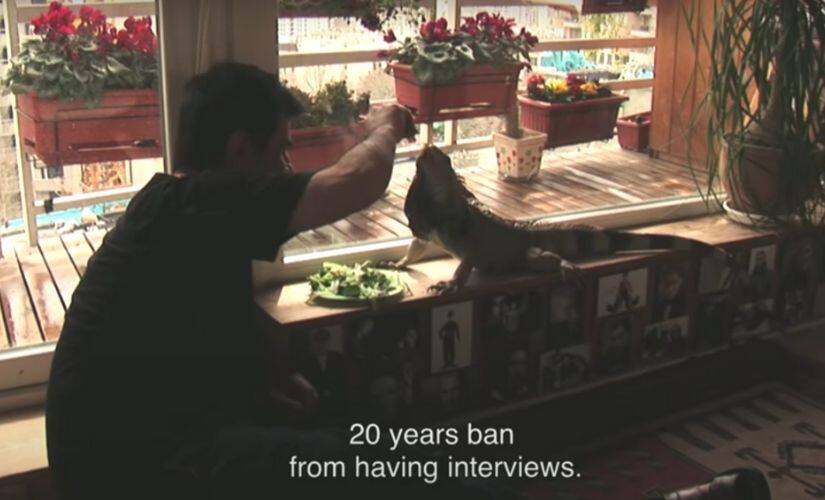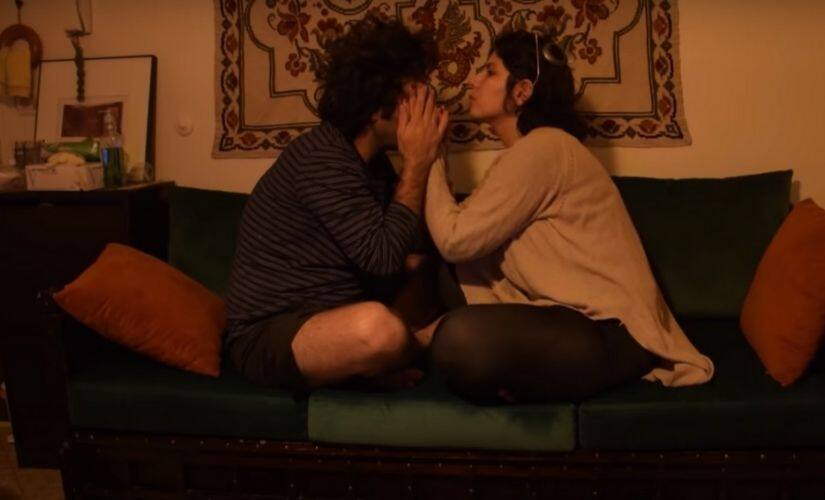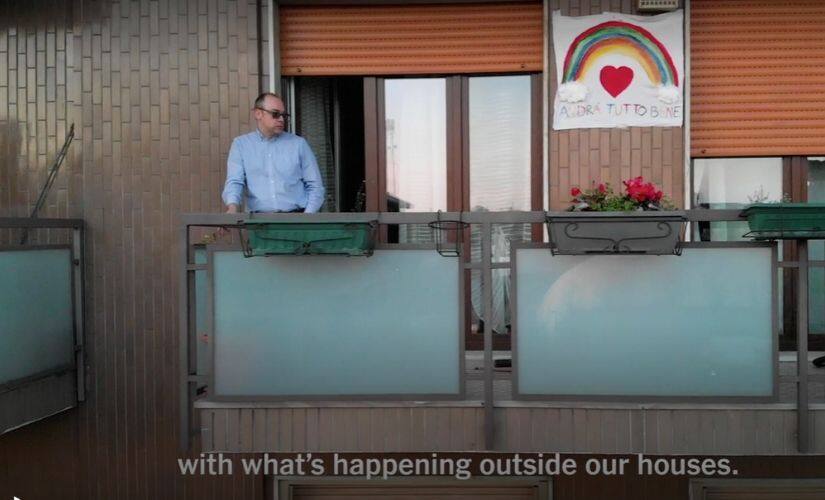Banned Iranian film director Jafar Panahi had once famously remarked that he made a career out of “films constructed around the notion of restriction, limitation, confinement, and boundaries”. The most potent example of said “prohibited aesthetics” is his 2011 work titled This is not a Film, co-directed by Mojtaba Mirtahmasb. The work was filmed like an amateur video in Panahi’s Tehran apartment. The director at that time was under house arrest for having made films that displeased the Iranian authorities. Armed guards posted outside his house ensured that he could not leave the building. Although spatially restricted, This is not a Film is a complex and layered work that blurs the boundary between documentary and fiction. Its apparent formlessness was a strategy to evade the censors and conceal messages about creative freedom in Iran. However ironically, what makes this film particularly relevant for our times is its context of production, which resembles the situation thousands of filmmakers world over are facing at present due to the lockdown brought about by the COVID-19 pandemic. [caption id=“attachment_8403201” align=“alignnone” width=“825”]
 Still from This is not a Film (2011). YouTube screenshot.[/caption] For artists like painters, sculptors and poets, social isolation is far from an impediment to creativity. More often than not, isolation happens to be an integral part of their artistic practice. Solitude is said to bring out the best in art. Filmmakers, on the other hand, can rarely work in complete social isolation. The nature of their work demands that even at a rudimentary level, there must be a small group of people collaborating to produce a film. This is largely unavoidable, especially at the filming stage. But it is not uncommon for filmmakers to carry out the post-filming processes such as editing and sound design alone in their own personal spaces, thanks to contemporary digital technology. But what happens when a filmmaker in a free society is not allowed to collaborate, or even leave the confines of her/his own home? Over the last three months, the coronavirus pandemic has pushed filmmakers to forge new modes and approaches for filming while under lockdown. Both experienced practitioners and amateurs have started experimenting with short fiction films, documentaries and experimental videos from within their homes under the restrictive norms of social distancing and lockdown. These films or videos are often co-authored with their family members, flatmates or even pets, and are shared virtually over the internet. [caption id=“attachment_8403151” align=“alignnone” width=“825”]
 Stills from Our Iranian Lockdown. YouTube screenshots.[/caption]
A short documentary by the Tehran-based filmmaker couple Sara Khaki and Mohammad Reza Eyni titled Our Iranian Lockdown attempts to capture the fear, uncertainty, sorrow, and optimism that have defined their lives during the pandemic. The film unfolds as tersely arranged scenes shot by the director couple, with both taking turns to film their partner in distressing, vulnerable, somber, and happier moments. The audience is made witness to Khaki comforting Reza Eyni as he experiences a panic attack; Reza Eyni captures Khaki as she vents her grief over the death of her uncle from the virus. The camera is set up to capture the rhythms of their everyday life in their small apartment, inter-cut with glimpses of the near-deserted streets, the occasional street performers cheering up citizens with their music, or the anxious faces of the elderly relatives accessible only through video screens. The film deftly evokes the mixed emotions of life in an Iran under lockdown, ending with celebratory scenes of firecrackers going off on the eve of the Persian New Year, and the family preparing festive treats within the confines of their apartment. The filmmakers have successfully managed to turn the limitation of space into an aesthetic marker of their style. Another short film titled Messages from Quarantine by Niccolo Natali and Nikola Lorenzin is a portrait of the Italian city of Milan during the lockdown filmed entirely with a drone camera. Here, the filmmakers gaze at human subjects from a distance in deference to social distancing norms. Instead of the conventional video interviews, the filmmakers record audio interviews remotely, and juxtapose them with a series of gliding, aerial shots that skilfully capture the diversity of their urban architecture, besides providing glimpses of people who inhabit these structures. We see old apartments, new condominiums, as well as traditional houses, with the camera seeking out inhabitants from their windows, terraces and balconies. There are neighbours exchanging pleasantries, or individuals going about their daily chores or, in some cases, just simply gazing into the void. On the soundtrack, we hear voices of people speaking about their fear of contracting the deadly virus, expressing despondency about the lockdown, describing their financial and livelihood problems, or their anxiety about the uncertain future. We want to see the faces of the people whose voices are heard, but are only allowed a glimpse of them from a distance. We cannot be sure if the people we see are the ones whose voices we hear on the soundtrack. The deliberate asynchrony between the visuals and the sounds renders a unique sensuousness to the film. [caption id=“attachment_8403181” align=“alignnone” width=“825”]
 Stills from Messages from Quarantine. Video screenshots/nytimes.com[/caption]


)
)
)
)
)
)
)
)
)



